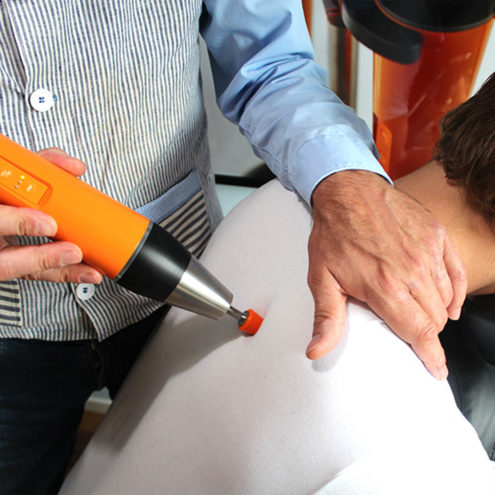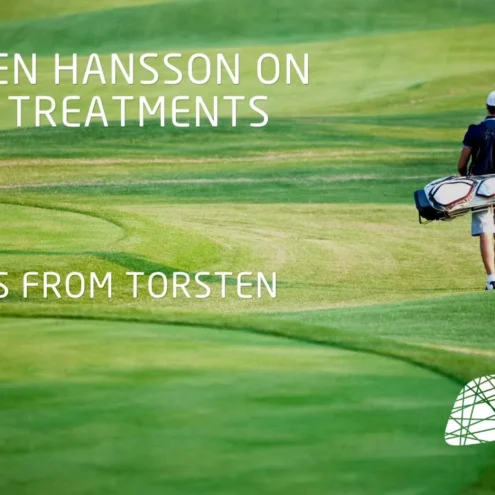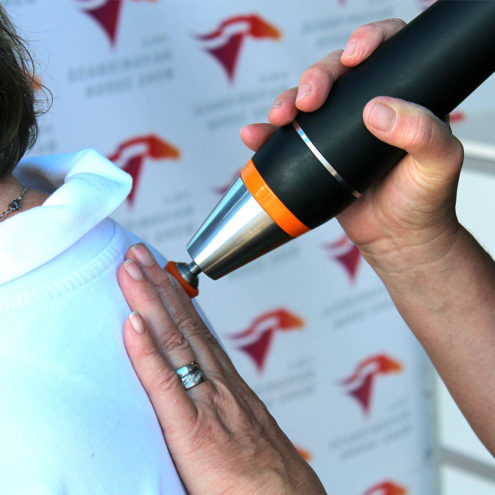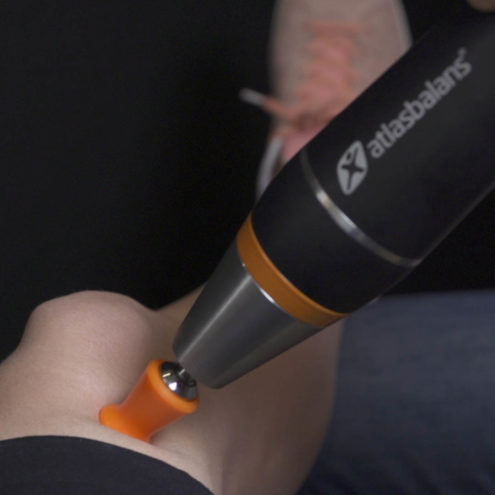Headache at the top of the head

What is a headache at the top of the head?
Definition and causes
Headaches at the top of the head, also known as vertex headaches, are characterized by pain felt at the top of the head. This type of headache can have several causes, including tension headaches, migraines, cervicogenic headaches, and even sinusitis. Muscle tension, stress, poor posture, and fatigue are common triggers. In some cases, it can also be due to medical conditions such as high blood pressure or neuralgia.
Symptoms and diagnosis
Common signs and methods of diagnosis
Common symptoms of a headache at the top of the head include:
A constant, pressing, or pulsating pain at the top of the skull
Feeling of tightness around the head
Increased pain during physical activity or stress
Possible soreness of the scalp
The diagnosis of this type of headache starts with a detailed medical history and a physical examination. The doctor may also recommend imaging tests, such as an MRI or CT scan, to rule out underlying medical conditions. A thorough examination of the muscles and joints of the neck may also be necessary to identify any contributing factors.
Treatment and self-care
Treatment options and self-care tips
Treatment of headaches at the top of the head depends on the underlying cause. Common treatment options include:
Painkillers: Over-the-counter painkillers such as ibuprofen or paracetamol can help relieve pain.
Physiotherapy: Specific exercises and techniques to reduce muscle tension in the neck and shoulders.
Stress management: Relaxation techniques such as meditation, yoga, and deep breathing exercises can reduce stress-related headaches.
Chiropractic treatment: Adjustments to the joints of the neck and back can relieve pain and improve mobility.
Self-care tips include:
Correct posture: Be aware of your posture during the day, especially when sitting or working at a computer.
Regular breaks: Take regular breaks to stretch your body and avoid prolonged strain on your neck muscles.
Hydration: Drink enough water to avoid dehydration, which can make headaches worse.
Sleep: Make sure you get enough rest and sleep in an ergonomically correct position.
Preventive measures
Tips to prevent recurring headaches
To prevent recurring headaches at the top of your head, consider the following tips:
Stress management: learn techniques to manage stress, such as meditation and relaxation.
Ergonomics: adapt your work environment to promote good posture and reduce neck strain.
Physical activity: Regular exercise can improve your overall health and reduce the risk of headaches.
Diet: Eat a balanced diet and avoid foods and drinks that can trigger headaches, such as caffeine and alcohol.
When should you seek medical help?
Indications for professional care
It is important to seek medical help if you experience:
Severe or persistent headaches that do not improve with self-care
Sudden, intense headache
Headache accompanied by fever, stiff neck, confusion, weakness, or vision changes
Headache after a head injury
These can be signs of serious medical conditions that require immediate attention.
Forecast and help
Expected recovery and treatment
With the right diagnosis and treatment, the prognosis for recovering from a headache on top of the head is often good. Many people can experience an improvement with the combination of medical treatment, wellness and lifestyle changes.
How we can support you
Understanding the causes and symptoms of upper headaches is the first step towards finding effective relief and improving quality of life. Addressing both the physical and emotional aspects of this condition can help you regain control of your health and well-being.
At the FasciaClinics, we take a holistic approach to treating headaches on top of the head. Our team of therapists use fascia therapy to relieve tension and pain. The fascia is the network of connective tissue that binds and permeates everything in our body. All cells, tissues (even bone tissue), muscles and organs contain fascia.
Fascia treatment focuses on releasing tension and adhesions in the fascia and increasing its flow. Reduced pressure and increased circulation allow cell membranes to more easily absorb nutrients and release waste products. Fascia treatment can thus promote the body’s own healing. The treatment provides a pleasant relaxation and does not hurt. The entire body’s flow is stimulated and you are helped to balance your posture so that the body is evenly loaded. Tension in the neck and shoulders is reduced so that the pain on top of the head can be relieved.
During a visit, we analyze the whole body to see where compensations and imbalances are and how they have spread. If there is an imbalance in the body, there is a risk that they will spread and affect other structures. That’s why it’s very important to seek help quickly as soon as you experience any symptoms.
By addressing the impact of fascia on muscles and pain, we can help reduce the frequency and intensity of headaches. We work with you to create an individualized treatment plan that takes into account your specific needs and goals.
 Search
Search


































